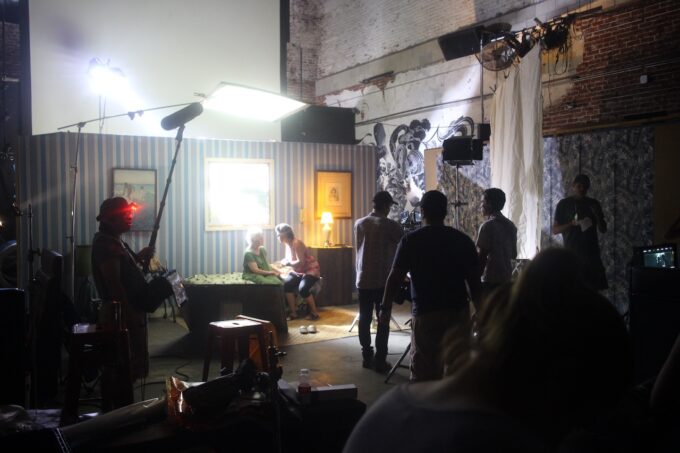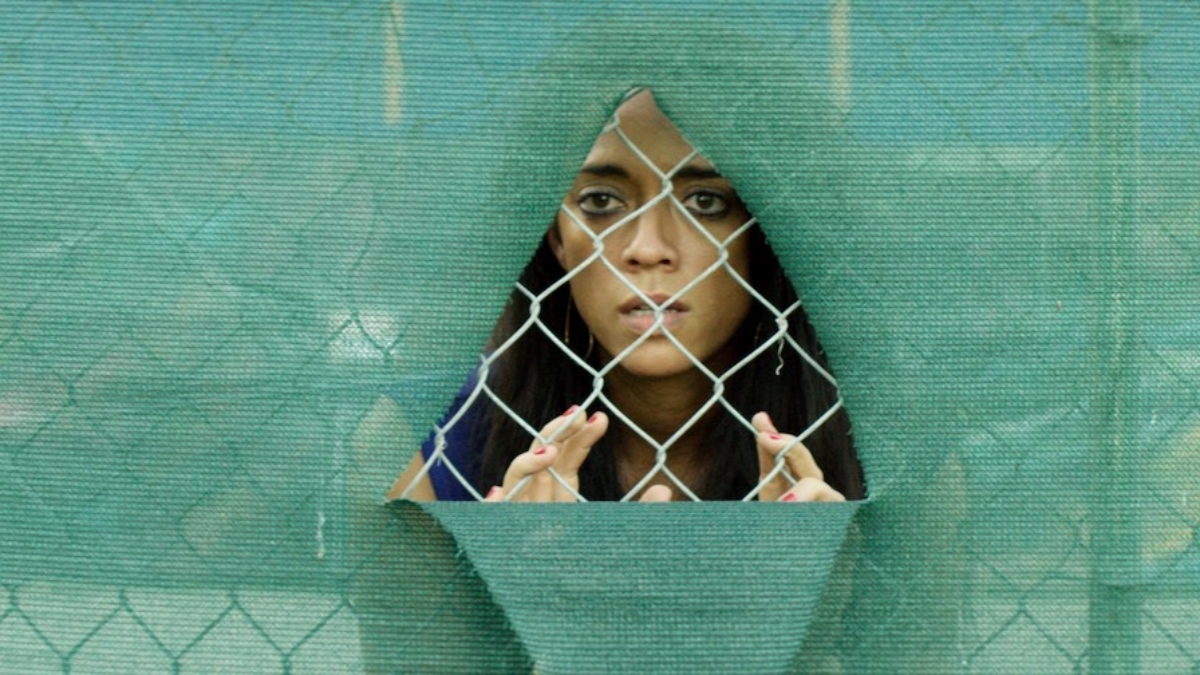Written By: Nathan Liu
This article may contain spoilers.
When you hear “Waikiki,” what do you think? White beaches? Blue waves? Drinks with tiny umbrellas? I’ll bet it’s not homelessness or domestic violence. And yet, both things are tragically common among Hawaii’s Native population. So common, in fact, that Christopher Kahunahana decided to use them as a basis for his directorial debut.
Billed as the first motion picture written, directed by and starring indigenous Hawaiians, “Waikiki” fits comfortably into the sub-genre of “Native Life” flicks, alongside 1998’s “Smoke Signals” and 1994’s “Once Were Warriors.” Like those films, the movie explores issues facing indigenous communities in the present day, such as poverty, domestic abuse and detachment from one’s culture. Unlike those movies, which take a more grounded, naturalistic approach, “Waikiki” explores its themes in a far less straightforward manner.
The first half of the film feels very much a piece with the other “Native Life” flicks. It shows the protagonist, Kea (played by Danielle Zalopany), struggling to balance three jobs with her attempts to find a permanent home and escape her abusive ex. By contrast, the second half, where Kea adopts Wo (played by Peter Shinkoda), a homeless man whom she accidentally hit with her van, is much harder to parse out. For one thing, it’s unclear if Wo is even real. For another, the filmmaking becomes much more hallucinogenic. Shots are often left out of focus. Dialogue and voiceover are layered on top of each other. Cross-dissolves are frequently employed as scene transitions, and there are numerous interludes showing the cycle of water, from clouds to rain to rivers. All of this, coupled with Ben Wilkins’ ethereal sound design and the fact that the movie ends without answering several key story questions, make the whole thing feel like a half-remembered dream. Then again, the fact that it feels surreal could simply speak to our privilege as non-indigenous viewers.
In an interview conducted over Zoom, Kahunahana and his producer, Nicole Naone, described the inspirations and desires for the movie. They explained how, back in 2014, Kahunahana was running a nightclub in Honolulu and making short films in his spare time. He wanted to pursue feature filmmaking full-time, so he sold the night club and wrote “… a feature-length screenplay based on the characters that I knew from that life.” That script, “Karaoke Kings,” was set in Honolulu’s Chinatown, and focused on characters who, like his real-life acquaintances, “… experienced house-less-ness and addiction.” Kahunahana explained that these people had “… things about them that I knew people didn’t understand … And having spent so much time with them, I thought telling their story was necessary.” The script also acted as a critique of the tourism industry, which sucks up all of Hawaii’s natural resources. As Kahunahana so eloquently put it, “There’s 10 million tourists annually, and 1.25 million residents. So most of our resources get used up by people who don’t live here.”
The script was eventually accepted into the Sundance Screenwriters Lab where, over a process of several revisions, Kahunahana simplified the story from a sprawling ensemble piece into a leaner, more focused narrative. He and his team then spent the next few years shooting the picture independently, since, as Naone so bluntly put it, “When you have a film that’s discussing the tremendously negative side effects of tourism, and you have an entire, state-funded entity of a million employees … and all of this money goes into Hawaii tourism … none of those entities are going to be very excited about something where that’s what’s being talked about.” Because of this, they had to piece-meal the funds through kickstarters and art auctions, an incredibly lengthy and difficult process. Such a lengthy process that Kahunahana joked to me, “Principle photography took 19 days. Pickups took two years.” But despite all the difficulty, they were able to make the movie exactly how they wanted to and say what they wanted to say.

In a nutshell, being indigenous is a traumatic, isolating experience. As Naone explained, “Native Hawaiians … We’re of [the island]. Our genealogy goes back to it. It’s a familial relationship. So a lot of our isolation comes from trying to exist where our culture is being used for tourism and for a capitalist system … it produces these individuals that are tremendously isolated because what world do they live in?” As such, the filmmakers tried to visualize that sense of loneliness and cultural confusion by employing blurry photography and dreamlike editing. It’s certainly disorienting to watch, but as she pointed out, “So much of [our] autopilot reality would, from a Western construct, seem surreal. But it’s actually quite normal from an indigenous space.” Hearing that made me reconsider my own initial thoughts on the picture. Specifically, I asked myself if the confusing elements are really issues if the filmmaker put them in on purpose.
All that said, the flick is most certainly an acquired taste. People used to three-act narratives will find the lack of a clear climax, and the multiple dangling plot threads — what will happen to Kea, now that she’s lost the van she lives in? Has she also lost her three jobs? What will become of the daughter whom it was established she has with her ex? — deeply frustrating. And if you aren’t familiar with the filmmaker’s intentions, or Hawaiian customs and history, the significance of the frequent water imagery might be lost on you. The message might have been clearer if the film removed the surrealist editing and remained a straightforward drama. Then again, it might not have been as memorable if it did so. As Kahunahana expressed to me, “Film is an experience. You should feel films more than understand them. I thought if I made it too literal, I wouldn’t leave space for the audience to put themselves into [Kea’s] position. They wouldn’t be required to use their imaginations. That’s what makes movies stick to people, because they have to invest in it.”
“Waikiki” screens at the 44th Asian American International Film Festival. Ticket and screening information can be found here.

